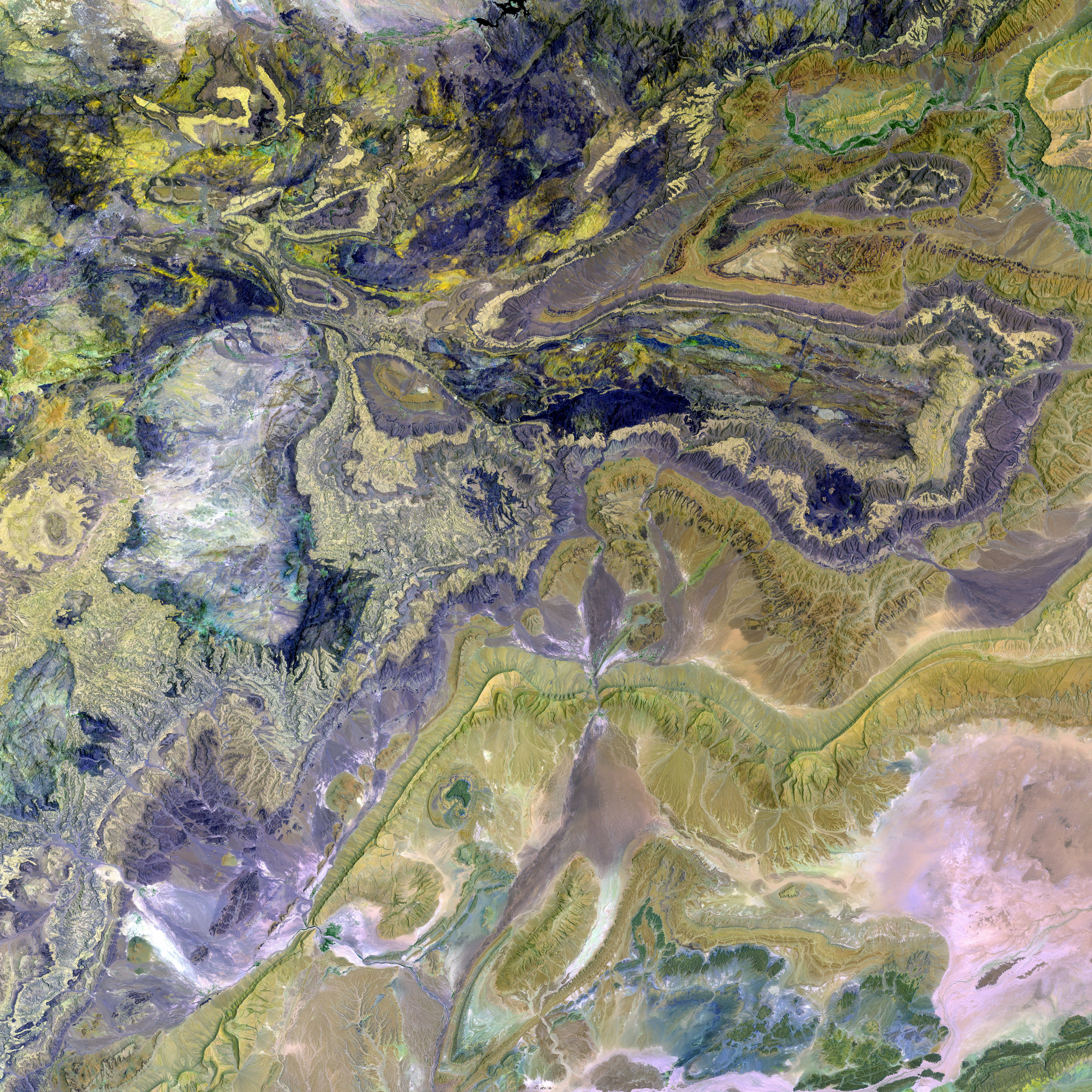Historically Significant Pigmented Bumps: Tracing the Roots and Enduring Impact of "Aesthetic" Dark Spots
Diving into the fascinating world of skin conditions, let's chat about Dermatosis Papulosa Nigra (DPN), those little dark spots adorning the faces and necks of many folks with darker skin tones. You know, like the "Morgan Freeman moles" or "Black Auntie dots"?
Growing up, these small circular raised bumps, ranging from 1 to 5 millimeters, might seem like an unusual mystery. But fear not, for your curiosities on their origin and prevalence are shared by many.
Take a gander at a Google search for "Black people moles," and you'll soon find out you're far from alone in being intrigued. To set the record straight, these "moles" aren't your garden-variety mole at all; that's because these lesions begin as flat skin growths and gradually become raised over time, according to expert dermatologist Dr. Adeline Kikam, DO, FAAD.
You'll find DPN mostly on people of African and Asian descent, with up to a third of African-Americans currently sporting these harmless skin marks. It's a condition that's predominant among African Americans, but it's also been spotted in folks from other ethnicities.
Research tends to suggest that these dots are inherited through genetics, with over 75% of people with DPN reportedly having another family member with the skin condition as well[1]. So, if you're wondering why you've got DPN, there's a good chance one of your relatives does too!
DPN doesn't always show its face until your teenage years, and it's more prevalent in women than men. However, sun exposure might just give this skin condition a helping hand in making an appearance early in life[1].
Every year, New York City board-certified dermatologist Dr. Elyse Love, MD, FAAD encourages visiting a dermatologist to ensure those suspicious marks are indeed DPNs and not anything a tad more serious[1].
Now, imagine living with DPN and having folks snicker or pass negative comments about those "moles." Fairytales and comedies aside, reality can be a bit harsher for people who've grown up with these marks on their faces. While the overall impact on a person's quality of life tends to be only moderately significant[1], the potential for ridicule can be quite real.
Stories like Mary Akpa's, a musician and songwriter, ring true for many individuals. Aside from the painful memories of bullying and self-loathing as a middle schooler, Mary's cousin turned her perspective around by uttering those simple but powerful words: "Why, it's a beauty mark?"
Mary's experience echoes the sentiment of countless others who've struggled with self-acceptance. But through time, companionship, and self-reflection, the rich, intricate, and luxurious tapestry of her skin became a badge of honor — a symbol of heritage, strength, and unity that transcends words.
For others, DPN may evoke feelings of disdain, leading them to pursue removal treatments. While I've yet to experience these marks myself, I've always held a different perspective, viewing them as signs of a legacy and a stunning representation of the beauty found within our diverse Black family.
Where some may see differences that separate us from one another, I see history, a unique richness, and a common bond that connects us all, no explanation needed.
Ondine Jean-Baptiste is a freelance writer and communications specialist based in Brooklyn. When she's not meandering the web via Twitter or Instagram, you can find her indulging in "Master Chef," concocting mood boards, or declaring herself a native New Yorker with relentless pride.
References:[1] Adebamowo C, Kaufman L, Zack MM, et al. Dermatosis papulosa nigra: A cross-sectional study of 100 participants and a review of the literature. Journal of Cutaneous Pathology. 2008;35(2):141-149.[2] Bernstein M, Orlot JS. Dermatosis Papulosa Nigra Treatment: Comparison of Hydroquinone, Trichloroacetic Acid, and Cryotherapy. Journal of Drugs in Dermatology. 2010;9(5):567-569.[3] Chaudhry SW, Telfer NI, Nanowski NA. rac1 Mutation in Dermatosis Papulosa Nigra. Journal of the American Academy of Dermatology. 2000;43(5 Pt 1):829-831.
- In the realm of dermatology, Dermatosis Papulosa Nigra (DPN) is often associated with aberrations in skin growth called moles, primarily found in individuals of African and Asian descent.
- Interestingly, the likelihood of inheriting DPN through genetics is quite high, with approximately 75% of people with DPN reporting another family member exhibiting the same condition.
- For individuals considering dermatology treatments to remove DPN, it's essential to remember that these lesions can be a visual testament to one's heritage and a symbol of beauty and unity within the Black community.






